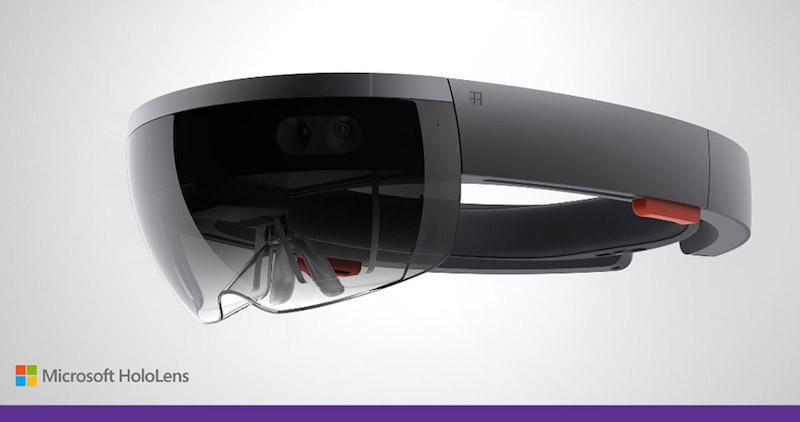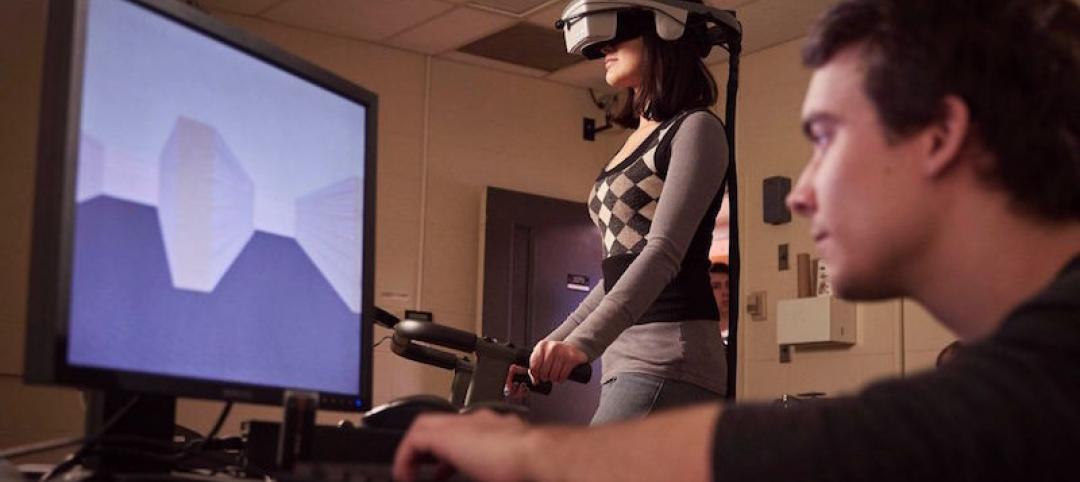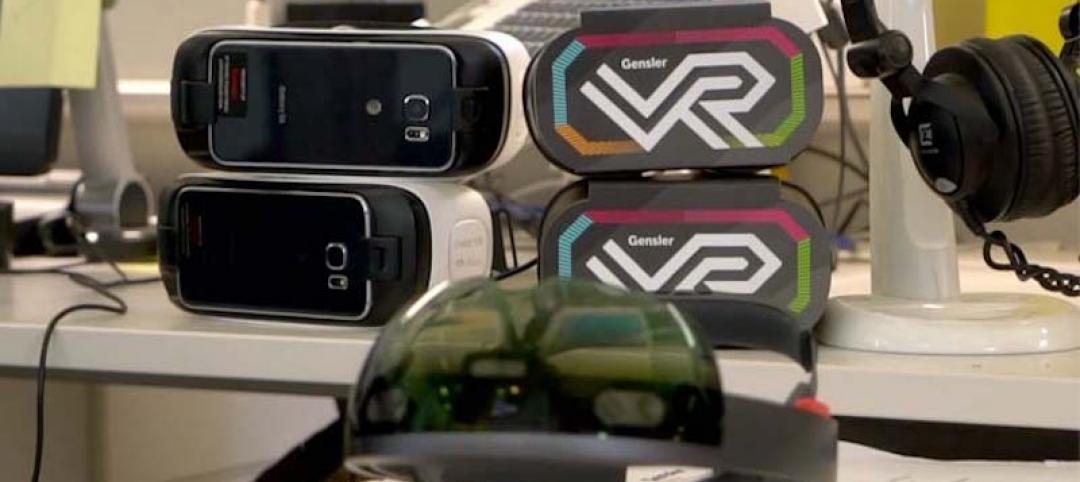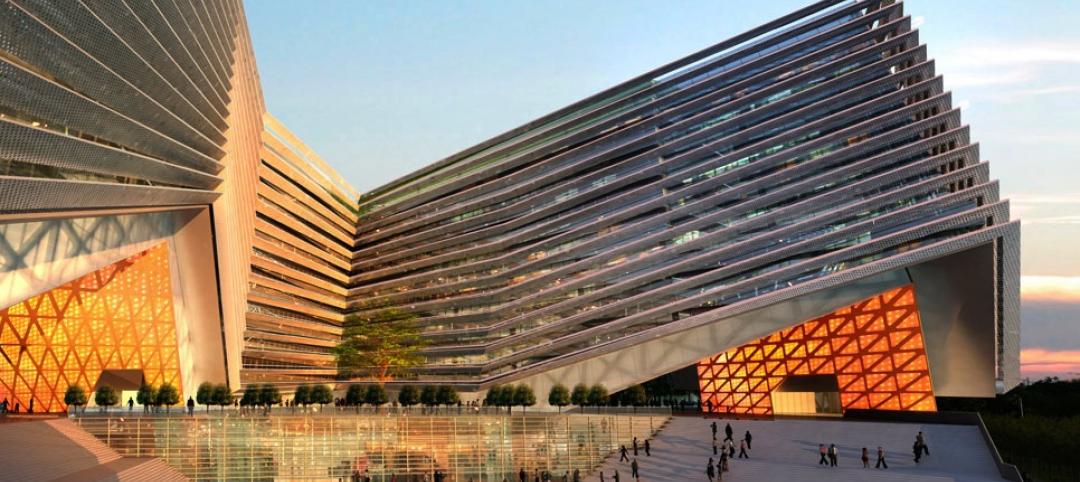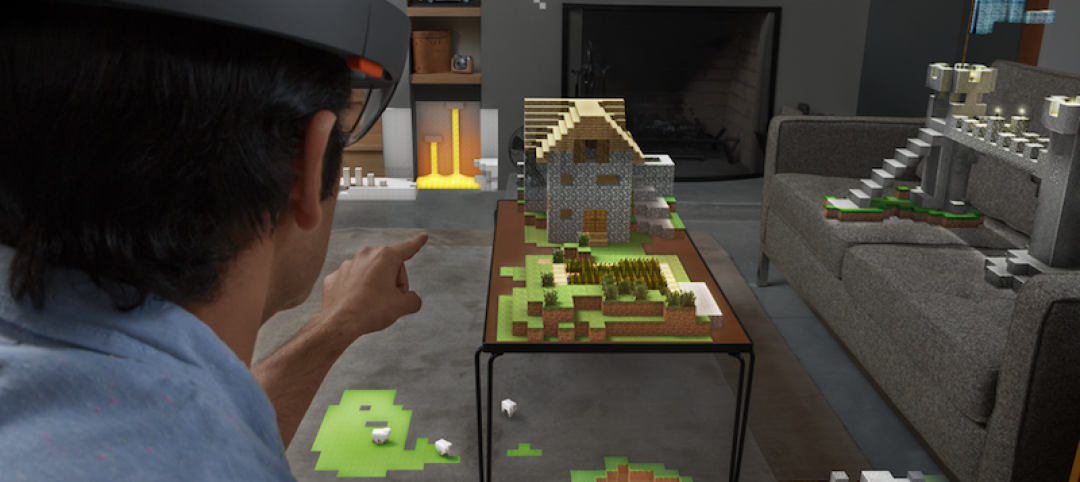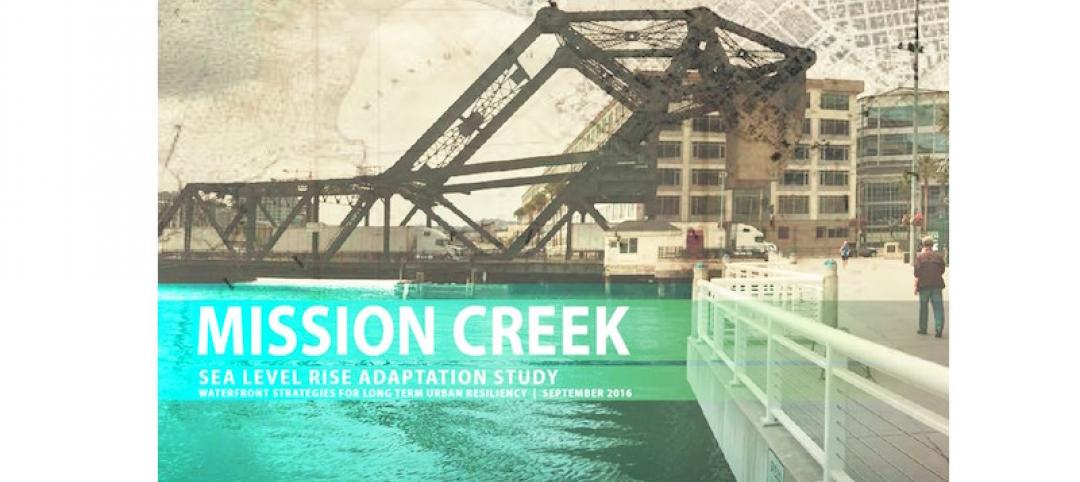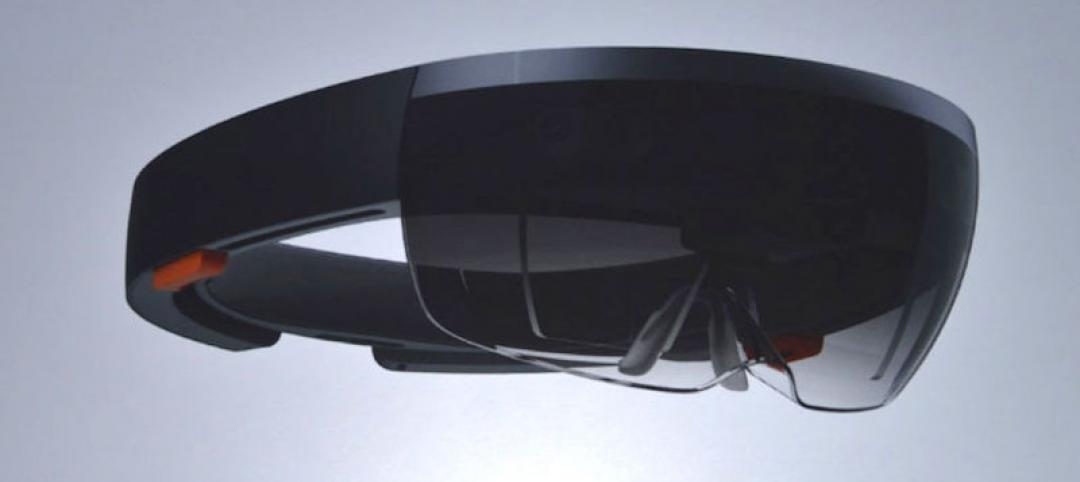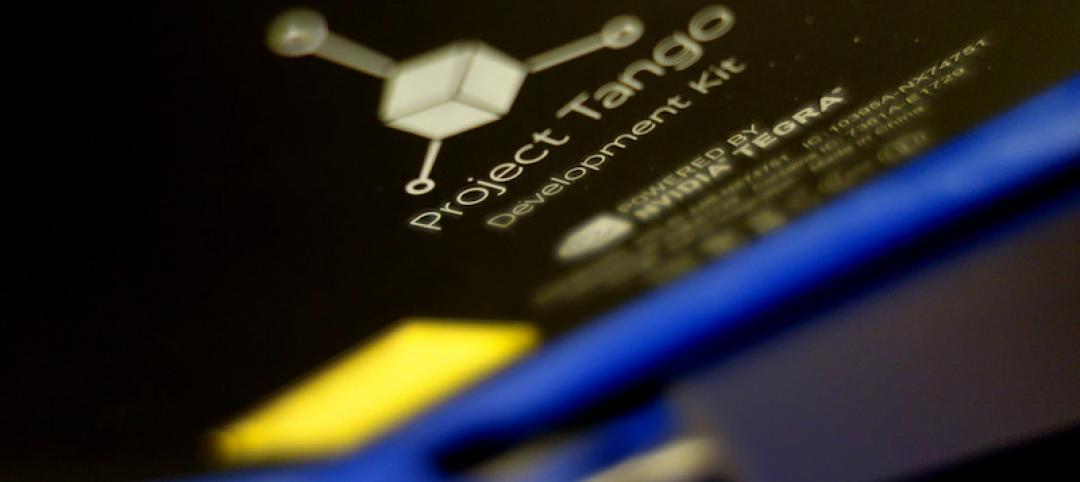Large, complex buildings can be difficult for anyone to navigate, but take away the benefit of sight and they can be downright impossible. But a solution may be on the horizon.
Recent prosthetic approaches to restore vision for the blind have attempted to convey raw images to the brain. These attempts have all suffered from the same problems, however: a lack of bandwidth and the extensive training required to interpret unusual stimuli.
This new approach, created by Researchers at the California Institute of Technology, takes an alternate approach that uses the Microsoft HoloLens mixed reality headset to restore vision at the cognitive level, bypassing the need to convey sensory data. The HoloLens is used to capture video and other data, extract the important scene knowledge, and convey that knowledge through auditory augmented reality.
The researchers say their design principle was to give sounds to all relevant objects in the environment. Each object in the scene can “talk” to the user with a voice that comes from the object’s location. As the object gets closer to the user, it’s pitch increases. The user has several modes of control to select which objects speak: Scan, Spotlight, and Target.
See Also: Altered reality showdown
In Scan mode the objects call out their names in sequence from left to right to provide a quick overview of the scene. In Spotlight mode, the object directly in front of the user speaks, allowing the user to explore the scene by moving their head. In Target mode, the user selects one object that calls repeatedly at the press of a clicker. Obstacles and walls emit a hissing sound as the user gets too close.
For long range navigation, the system becomes a “virtual guide.” The guide follows a precomputed path through a building that has been pre-scanned with the HoloLens. The guide will repeatedly call out “follow me,” staying one meter ahead of the user, and will offer warnings about any upcoming turns or flights of stairs.
The researchers say neither training nor modification of the physical environment are required to use any of the system’s modes and blind subjects will be able to navigate an unfamiliar multi-story building on their first attempt.
You can watch a video of one of the test subjects using the system here.
Related Stories
Designers | Jan 13, 2017
The mind’s eye: Five thoughts on cognitive neuroscience and designing spaces
Measuring how the human mind responds to buildings could improve design.
Augmented Reality | Dec 12, 2016
Gensler & Trimble: Augmented reality enters the design process
With the Trimble Software for Microsoft’s HoloLens device we’re able to bring into the physical world what exists only digitally.
Sports and Recreational Facilities | Jul 20, 2016
San Diego’s waterfront redevelopment would go beyond a mere ‘project’
Its developers envision a thriving business, education, and entertainment district, highlighted by a huge observation tower and aquarium.
Augmented Reality | Jul 15, 2016
Pokémon Go is helping people discover their cities
While catching them all may be the main goal, the wildly popular mobile game is also leading people to trek to unexplored corners of their cities
AEC Tech | May 9, 2016
Is the nation’s grand tech boom really an innovation funk?
Despite popular belief, the country is not in a great age of technological and digital innovation, at least when compared to the last great innovation era (1870-1970).
Virtual Reality | Apr 29, 2016
NBBJ to develop virtual reality productivity platform
The Seattle design firm has partnered with Visual Vocal, a startup VR company.
Augmented Reality | Apr 21, 2016
Is mixed reality a more exciting prospect than virtual reality? Movie director Peter Jackson thinks so
Magic Leap and Microsoft’s HoloLens are just two examples of mixed reality technology on the horizon that are determined to blend the real world with the stuff of dreams.
Building Tech | Apr 12, 2016
Should we be worried about a tech slowdown?
Is the U.S. in an innovative funk, or is this just the calm before the storm?
Virtual Reality | Apr 8, 2016
Skanska will use Microsoft HoloLens to lease planned Seattle high rise
The mixed reality headset will allow people to take a holographic tour of the building while keeping visual contact with the leasing representative.
AEC Tech | Mar 15, 2016
Two to tango: Project Tango isn’t just for entertainment, it also has a wide range of possibilities relating to the professional world
Making things like augmented reality, precise measurements of indoor spaces, and indoor wayfinding possible, Google’s Project Tango has all the makings to become a useful and ubiquitous tool in the AEC market.


